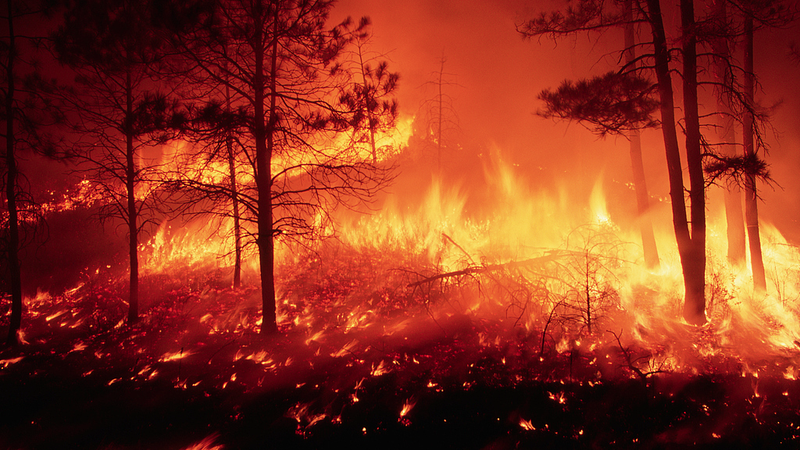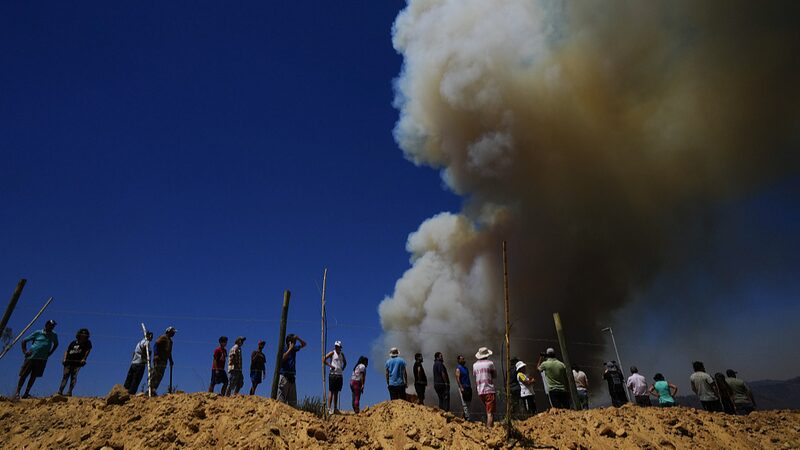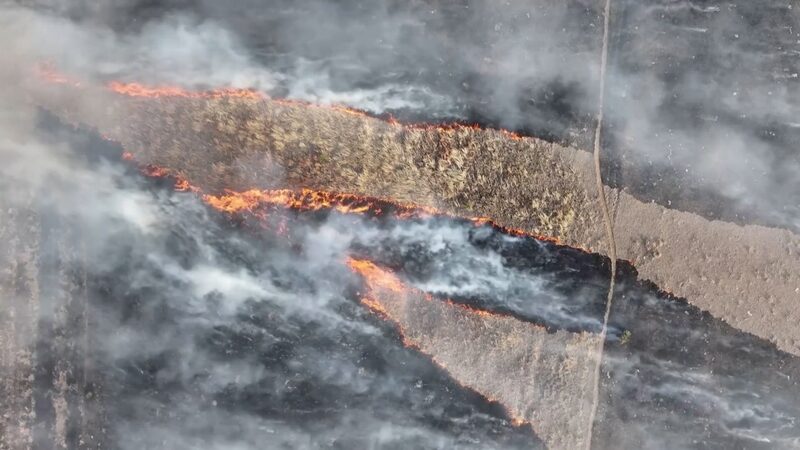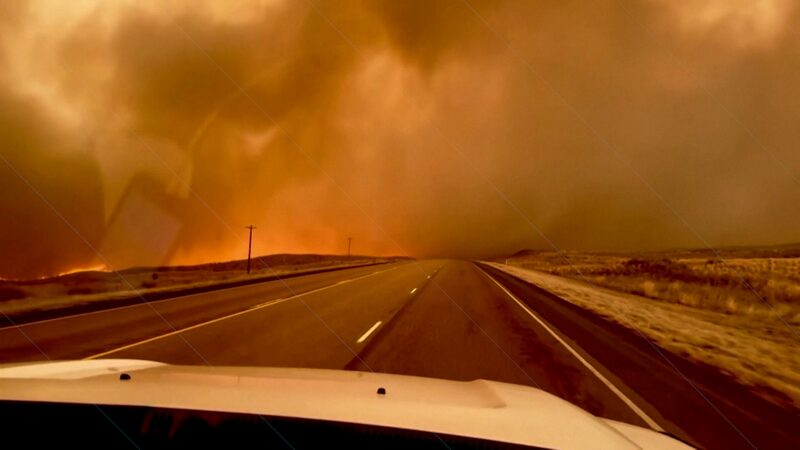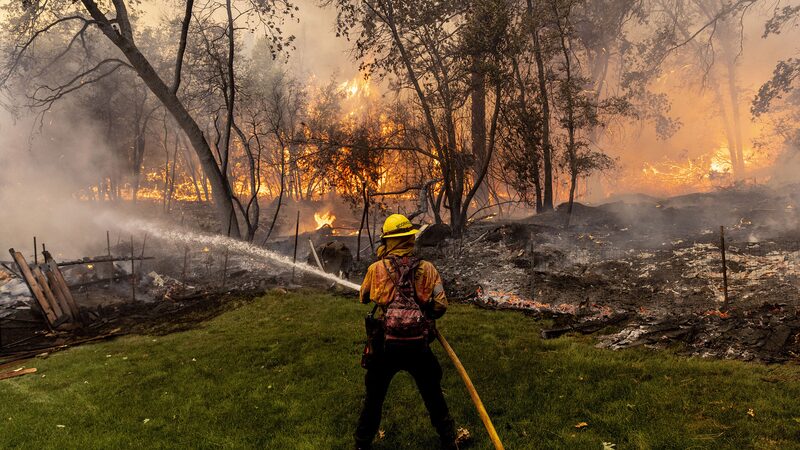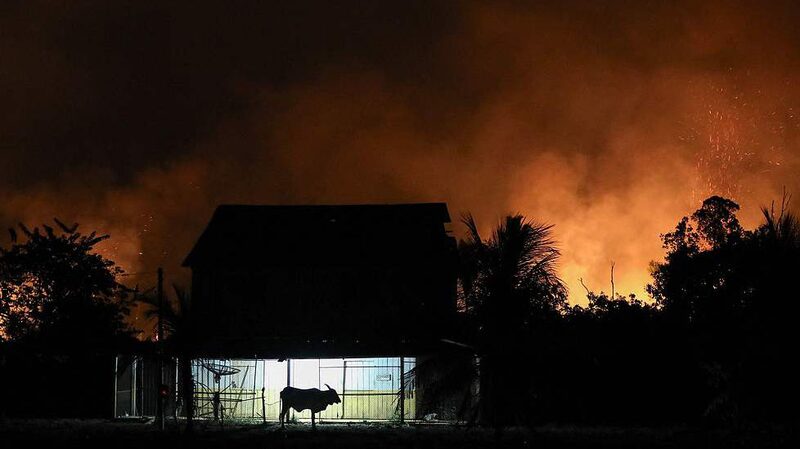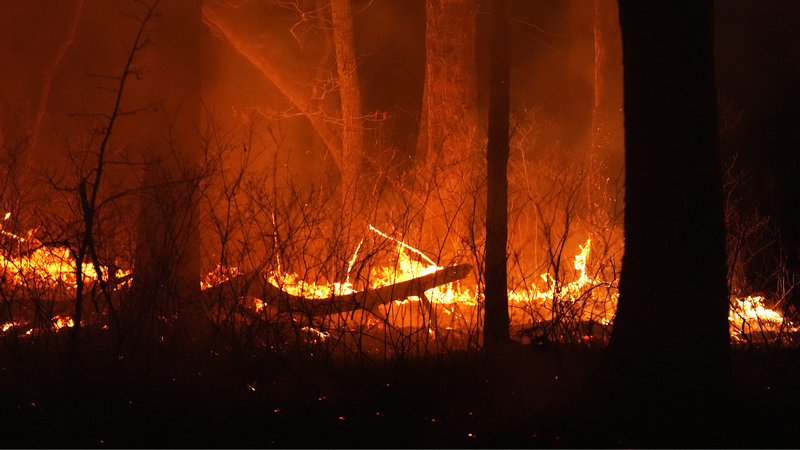Catastrophic wildfires have become alarmingly frequent over the past decade, with 43% of the most devastating events occurring since 2013, according to a groundbreaking study led by Australia’s University of Tasmania. The research, analyzing 44 years of global data, reveals a stark acceleration in both economic losses and human casualties linked to fires as climate change extends fire seasons and intensifies weather extremes.
Economic Toll Soars as Fires Turn Unstoppable
Global wildfire damage peaked at $28.3 billion in 2018 – five times the 44-year average – with half of all catastrophic fire-related losses since 1980 concentrated in the last 10 years. Fatal disasters claiming 10+ lives tripled during the study period, while economic disasters quadrupled.
Climate Drivers Amplify Risks
Researchers identified a 2.4-fold increase in atmospheric dryness and a 3.4-fold surge in severe droughts since 1980, creating tinderbox conditions. "We’re seeing fires that defy containment due to unprecedented weather patterns," said lead author Calum Cunningham of the University of Tasmania’s Fire Center.
Regional Hotspots Emerge
Mediterranean ecosystems in southern Europe, California, Chile, and southern Australia, along with North America’s temperate conifer forests, experience wildfire disasters disproportionately to their land area. These regions face compounding threats from prolonged droughts and heatwaves.
Call for Hybrid Fire Management
The study advocates integrating Indigenous land management practices – such as cultural burning – with modern strategies like fuel reduction and evacuation planning. With Australia serving as a global case study, researchers emphasize urgent adaptation measures to address what they term a "fundamental shift" in wildfire behavior.
Reference(s):
cgtn.com
